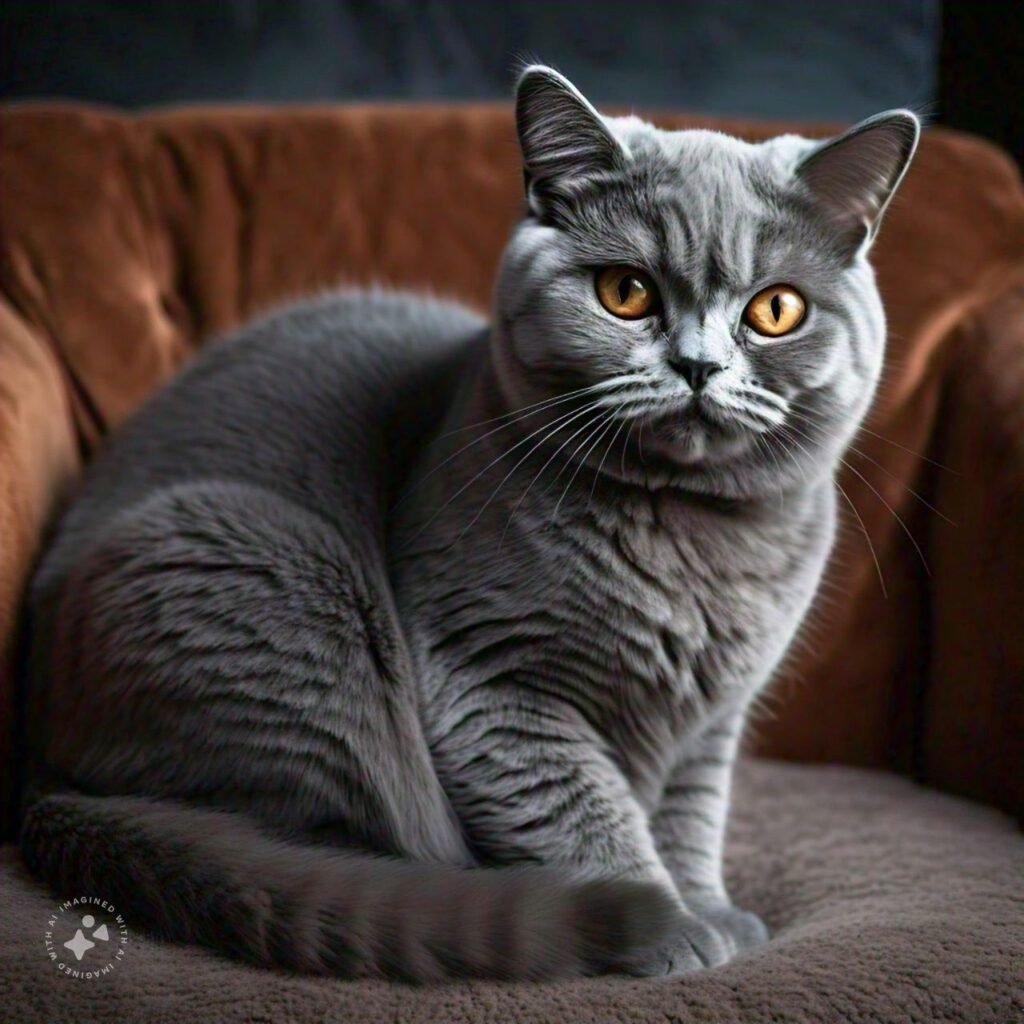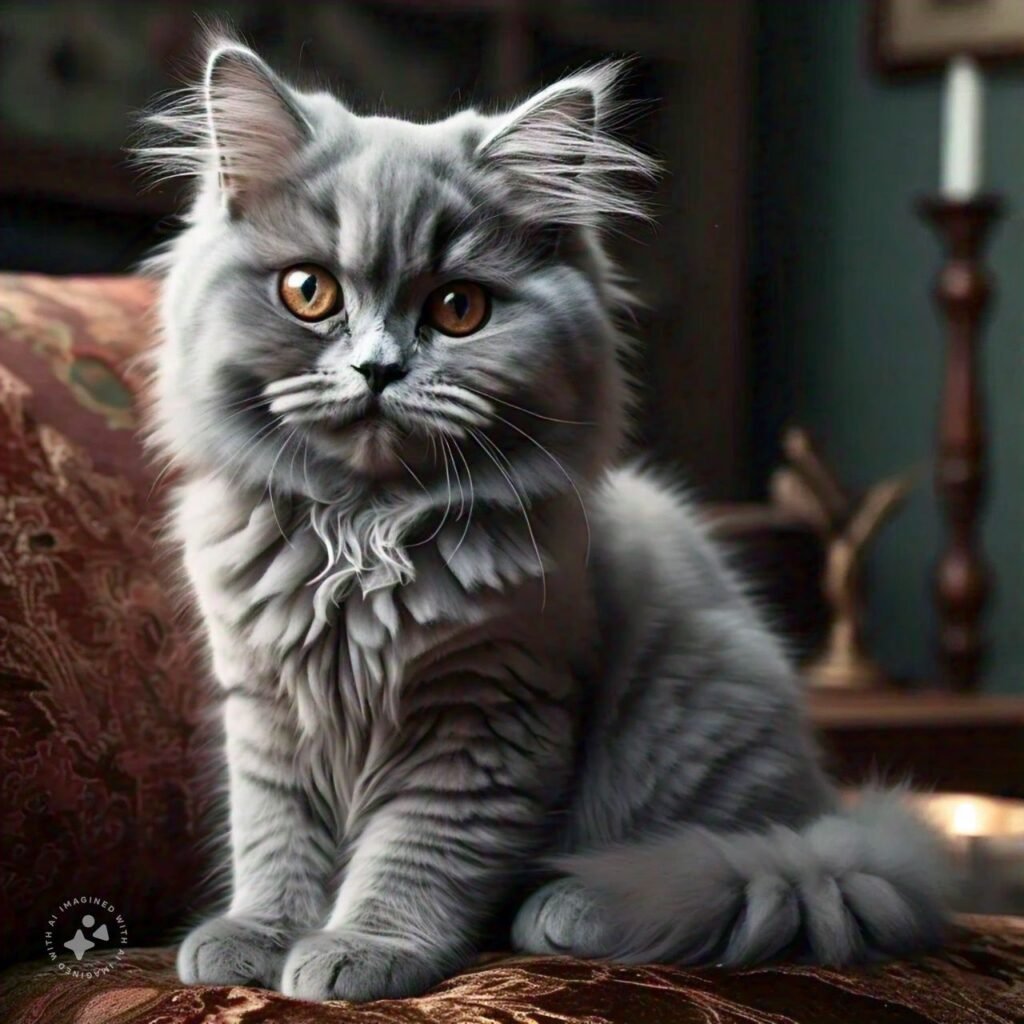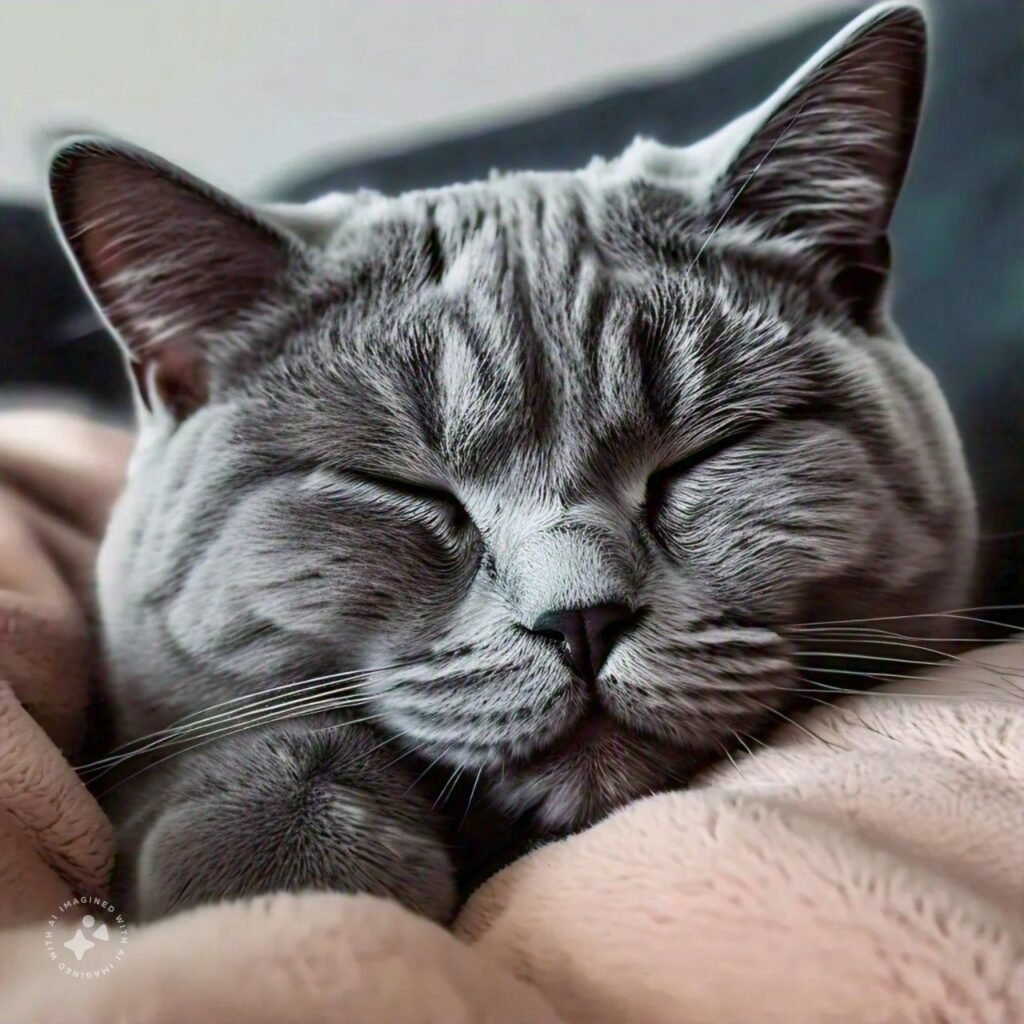
A Comprehensive Guide to the British Shorthair Cat: History, Characteristics, Care, and More
The British Shorthair cat, with its distinctive round face and plush coat, has charmed cat lovers around the world for centuries. Known for their easy-going nature and striking appearance, these cats have a rich history and a unique set of characteristics that make them a beloved choice for many families. In this comprehensive guide, we’ll delve into the history, physical traits, personality, and care needs of British Shorthairs, providing you with everything you need to know about this fascinating breed.
Historical Background
The British Shorthair’s roots trace back to ancient Rome, where it is believed that the ancestors of these cats were brought to Britain by invading Roman soldiers. These cats were likely short-haired and sturdy, perfectly suited to the English climate. Over the centuries, the breed evolved and adapted, becoming a staple in British folklore and a symbol of the country’s love for feline companions.
In the late 19th century, British Shorthairs were officially recognized as a distinct breed. The cat fancy, a movement dedicated to the breeding and exhibition of purebred cats, played a significant role in the breed’s development. The British Shorthair was one of the first breeds to be recognized by cat fanciers in the UK, and it quickly gained popularity for its appealing looks and easy-going personality.

Physical Characteristics
**1. *Appearance:*
The British Shorthair is known for its distinctive round face and large, expressive eyes. Their build is muscular and compact, giving them a robust appearance. They have a broad, powerful chest and a strong, thick neck. Their legs are short and sturdy, contributing to their overall solid and balanced look.
2. Coat:
One of the breed’s most notable features is its dense, plush coat. The British Shorthair’s fur is short but incredibly thick, giving it a velvety texture. The coat is double-layered, which helps insulate them against the cold. While British Shorthairs come in a wide range of colors and patterns, the classic “British Blue” (a solid gray) is particularly popular. Other colors include black, white, cream, and various tabby patterns.
3. Size:
British Shorthairs are medium to large-sized cats. Males generally weigh between 12-18 pounds, while females are slightly smaller, weighing between 8-14 pounds. Their size, combined with their muscular build, gives them a powerful yet graceful presence.
Personality Traits
**1. *Temperament:*
British Shorthairs are known for their calm and easy-going temperament. They are often described as “dignified” and “gentle,” making them excellent companions for families and individuals alike. They are not overly demanding of attention but enjoy being near their human family members.
**2. *Social Behavior:*
These cats are generally friendly and adaptable. They tend to get along well with other pets and children. Their laid-back nature means they can handle the hustle and bustle of a busy household with ease. However, they are also perfectly content to spend time alone, making them well-suited to a variety of living situations, including apartments.
**3. *Intelligence:*
British Shorthairs are intelligent and curious but not excessively active or mischievous. They enjoy interactive toys and puzzle feeders that challenge their minds but are not typically known for their climbing or jumping skills. This breed prefers to stay grounded and will often choose a comfortable spot to observe their surroundings.
Care and Maintenance
**1. *Grooming:*
Despite their dense coat, British Shorthairs are relatively low-maintenance in terms of grooming. Regular brushing, about once a week, is usually sufficient to keep their fur in good condition and to reduce shedding. During the shedding season, more frequent brushing may be necessary to manage loose hair and prevent matting.
**2. *Health:*
British Shorthairs are generally healthy cats, but like all breeds, they can be prone to certain health issues. Some of the common health concerns for this breed include obesity, which can be managed with a balanced diet and regular exercise, and dental issues, which may require periodic check-ups. Regular vet visits are important to monitor their overall health and address any concerns early.
**3. *Diet:*
A high-quality, well-balanced diet is crucial for maintaining the health and well-being of your British Shorthair. These cats do well on a diet that includes a mix of protein, fat, and carbohydrates. It’s important to monitor their weight and adjust their food intake accordingly to prevent obesity.
**4. *Exercise:*
While British Shorthairs are not overly active, they still benefit from regular play and exercise. Interactive toys, such as feather wands and laser pointers, can help keep them entertained and physically active. Providing climbing structures or scratching posts can also be beneficial, even though they are not as inclined to climb as some other breeds.

Choosing a British Shorthair
If you’re considering adding a British Shorthair to your family, there are a few things to keep in mind:
**1. *Breeder Selection:*
Choose a reputable breeder who prioritizes the health and well-being of their cats. A good breeder will provide you with a detailed health history and will be willing to answer any questions you have about the breed and the specific kitten you’re interested in.
**2. *Adoption:*
Consider adopting from a rescue organization or shelter. While British Shorthairs are a relatively rare breed in shelters, it’s always worth checking. Adoption is a wonderful option and provides a loving home to a cat in need.
**3. *Preparation:*
Before bringing your new British Shorthair home, make sure you have all the necessary supplies, including a comfortable bed, litter box, toys, and food. Creating a safe and welcoming environment will help your new cat settle in quickly and comfortably.
Conclusion
The British Shorthair is a breed that combines elegance with a laid-back demeanor, making it an excellent choice for a variety of households. Their rich history, distinctive appearance, and gentle personality have earned them a special place in the hearts of cat lovers everywhere. By understanding their needs and providing proper care, you can enjoy a rewarding relationship with this delightful breed for many years to come.
Whether you’re a seasoned cat owner or new to feline companionship, the British Shorthair offers a unique blend of beauty and temperament that makes them a truly exceptional pet.

